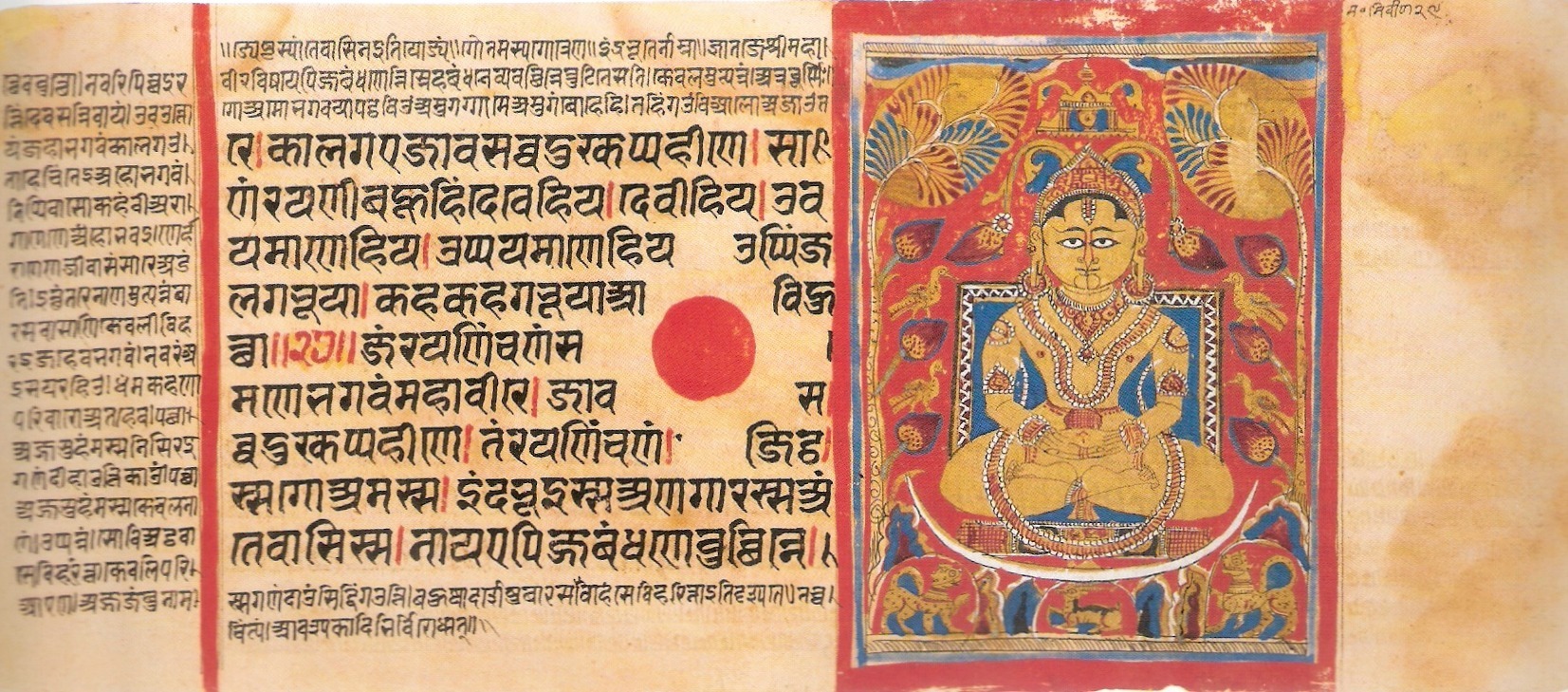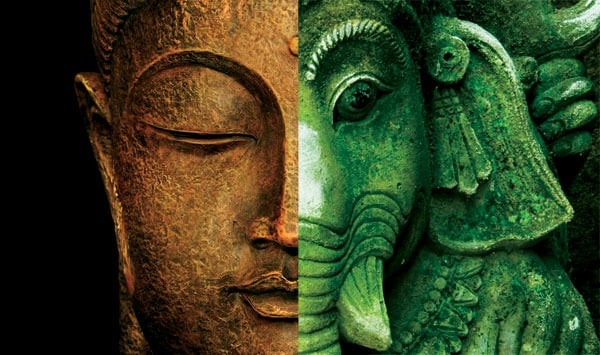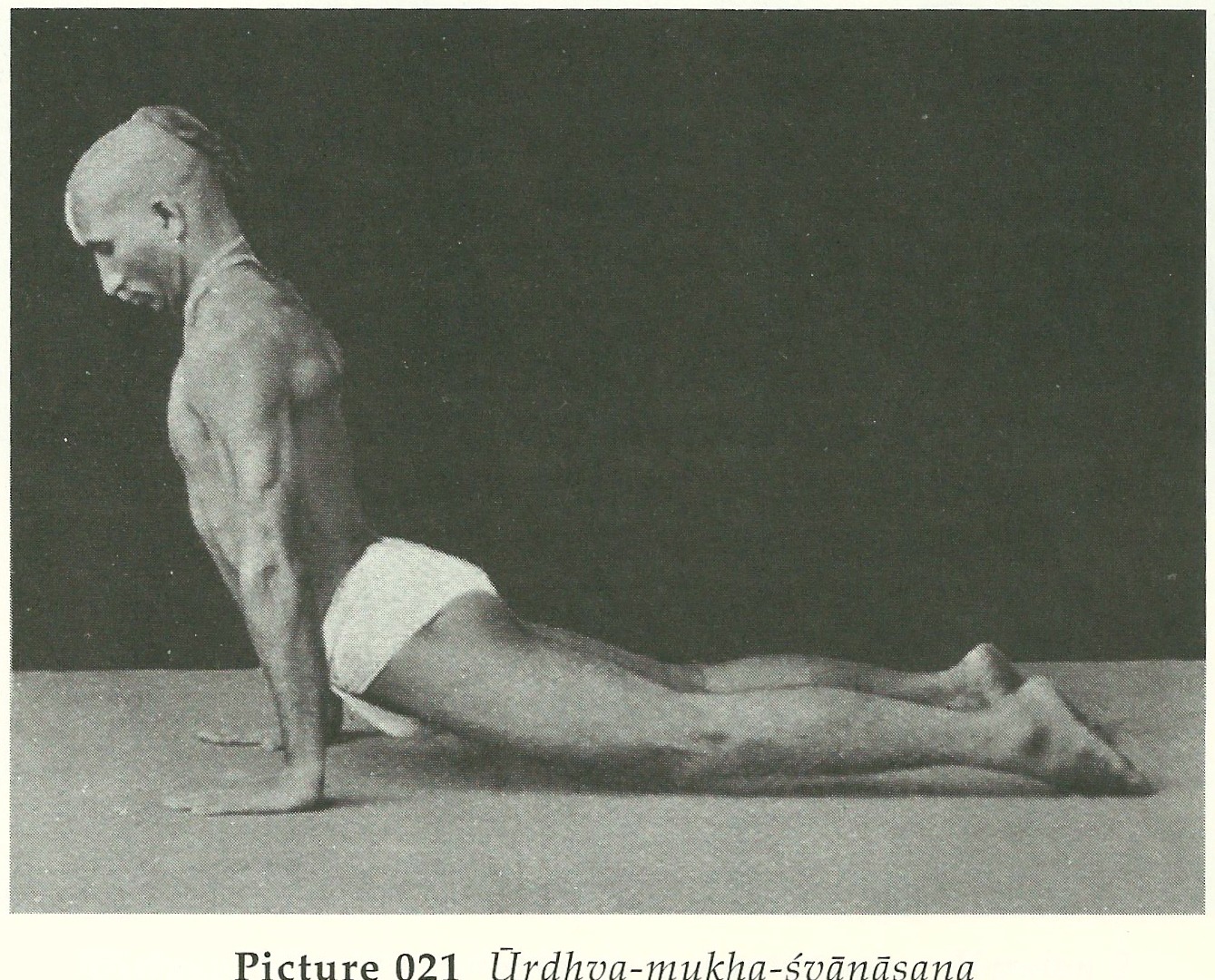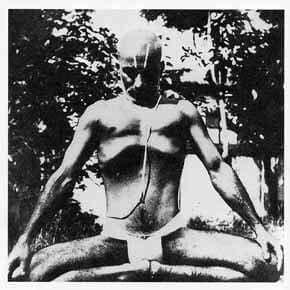Day 3 of Practicing Ashtanga in India
I woke up late this morning, but got to the shala at about 5:15. Saraswathi asked me to be there at 4:30, but she doesn’t care as long as I can find a space to practice. I always start in child’s pose. Today I made a dedication, something I don’t normally do in my own … Read more









